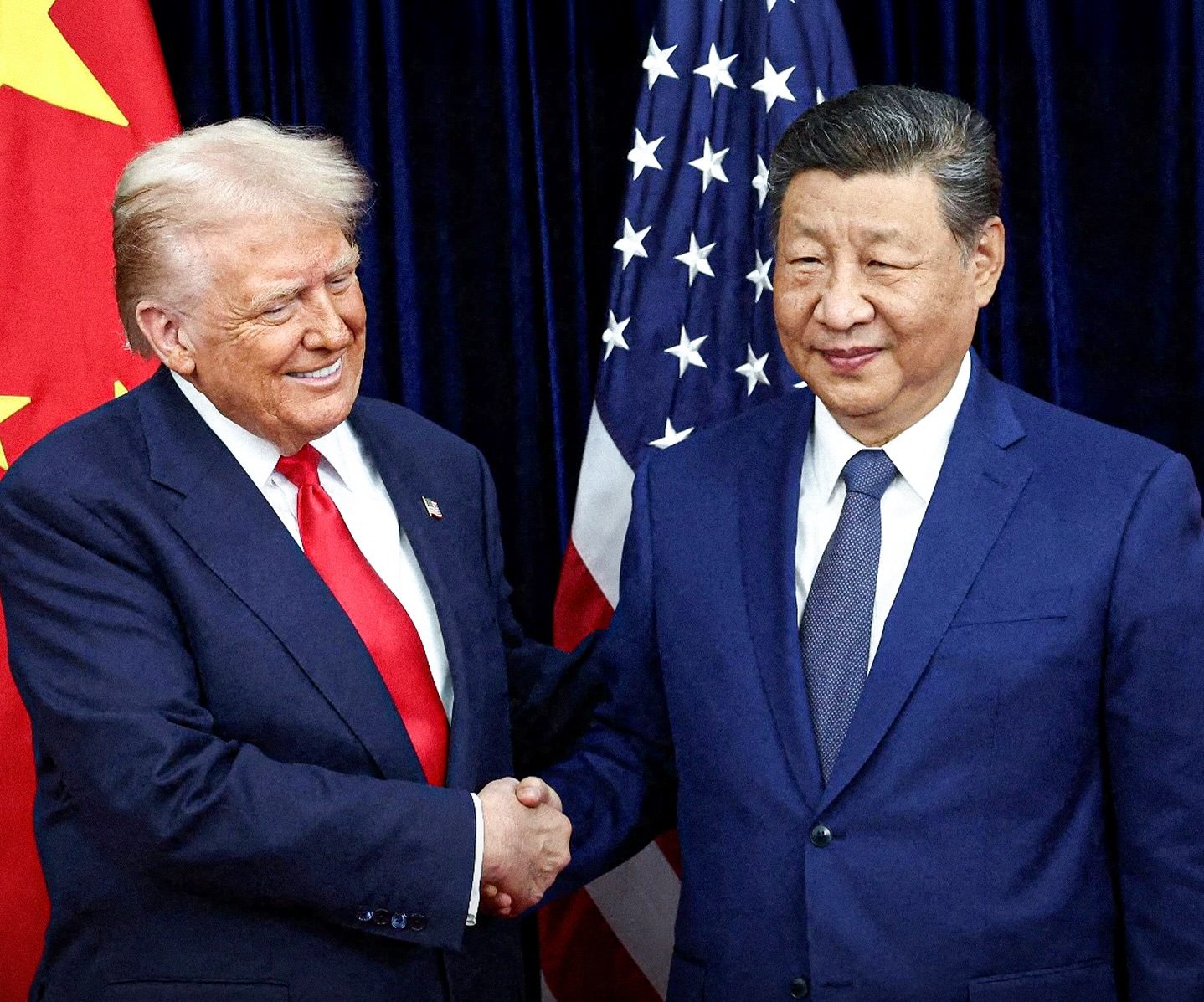Here’s What Happened After President Trump Met President Xi Jinping — The Meeting That Shocked Markets, Moved Tariffs, and Opened a New Chapter in U.S.–China Relations
Here’s What Happened After President Trump Met President Xi Jinping
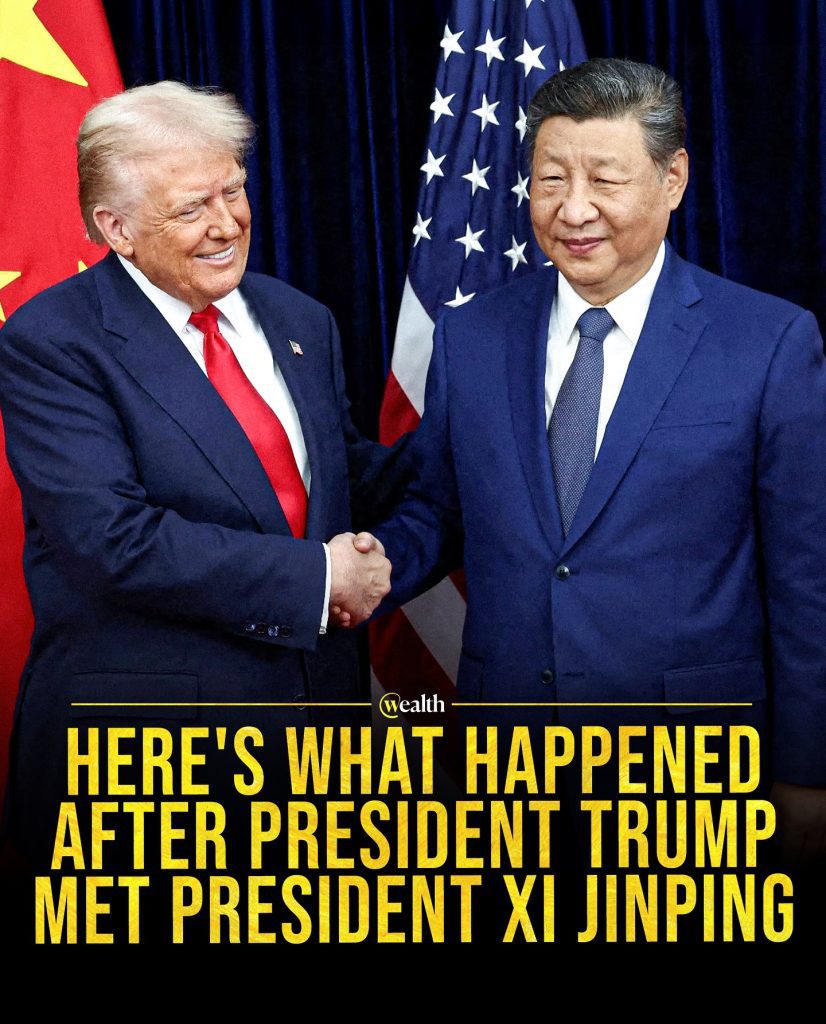
For the first time since 2019, two of the world’s most powerful leaders came face-to-face in Busan, South Korea — a meeting that sent waves through markets and governments around the world. President Donald Trump and President Xi Jinping sat down for a two-hour discussion that many are already calling one of the most significant U.S.–China encounters in years. The tone was unexpectedly warm. What began as a cautious diplomatic exchange ended with breakthroughs that touched everything from trade and energy to technology and agriculture. By the time both leaders left the room, a sense of cautious optimism had taken hold — that maybe, after years of tariff wars and tense rhetoric, the world’s two largest economies were finally ready to stabilize relations.
“On a scale of 0 to 10, I would say the meeting with President Xi was a 12.”
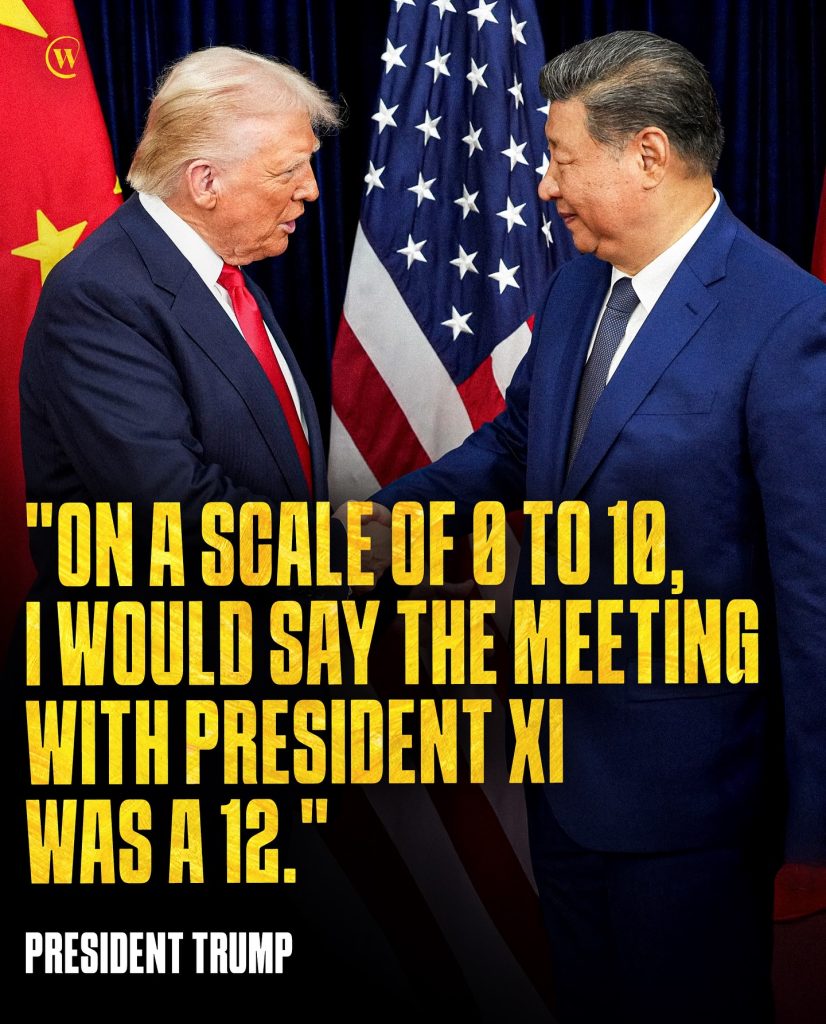
President Trump’s remark after the meeting was pure Trump — bold, confident, and headline-worthy. Yet behind the humor was something deeper: satisfaction that diplomacy had delivered results. The Busan talks weren’t about symbolism; they were about substance. The leaders’ chemistry, often unpredictable, found its rhythm again after years of distance. Advisors said both men were focused, respectful, and surprisingly pragmatic. That quote — “a 12 out of 10” — summed up not only Trump’s confidence but also the rare alignment of goals that emerged from the meeting. For markets and media alike, it was a statement that the U.S. and China might finally be stepping back from the brink.
China will delay new rare-earth export controls for one year, keeping supplies flowing to the U.S.

Rare-earth materials are the invisible lifeblood of modern technology — powering smartphones, electric vehicles, and military hardware. China’s decision to delay its new export restrictions for a year was not just an economic move, but a diplomatic gesture. For Washington, it meant stability in a supply chain that supports everything from clean energy to national defense. For Beijing, it signaled flexibility — proof that cooperation still had a place in a world fractured by competition. This single announcement eased global market fears overnight, reaffirming that smart negotiation can still protect shared interests.
China will resume large purchases of U.S. soybeans starting immediately.

For American farmers, this line alone made the Busan summit worth it. Years of tariffs and export restrictions had hurt the heartland badly. But with one sentence, Beijing reopened one of the most vital agricultural links between the two countries. Midwestern farmers who had struggled through uncertainty could now look forward to renewed demand, stronger prices, and the return of a key trading partner. The soybean deal symbolized something larger — that U.S.–China relations are not just about politics and power, but about real people whose lives depend on global cooperation.
President Trump said he will visit China in April, and Xi may visit the U.S. afterward.
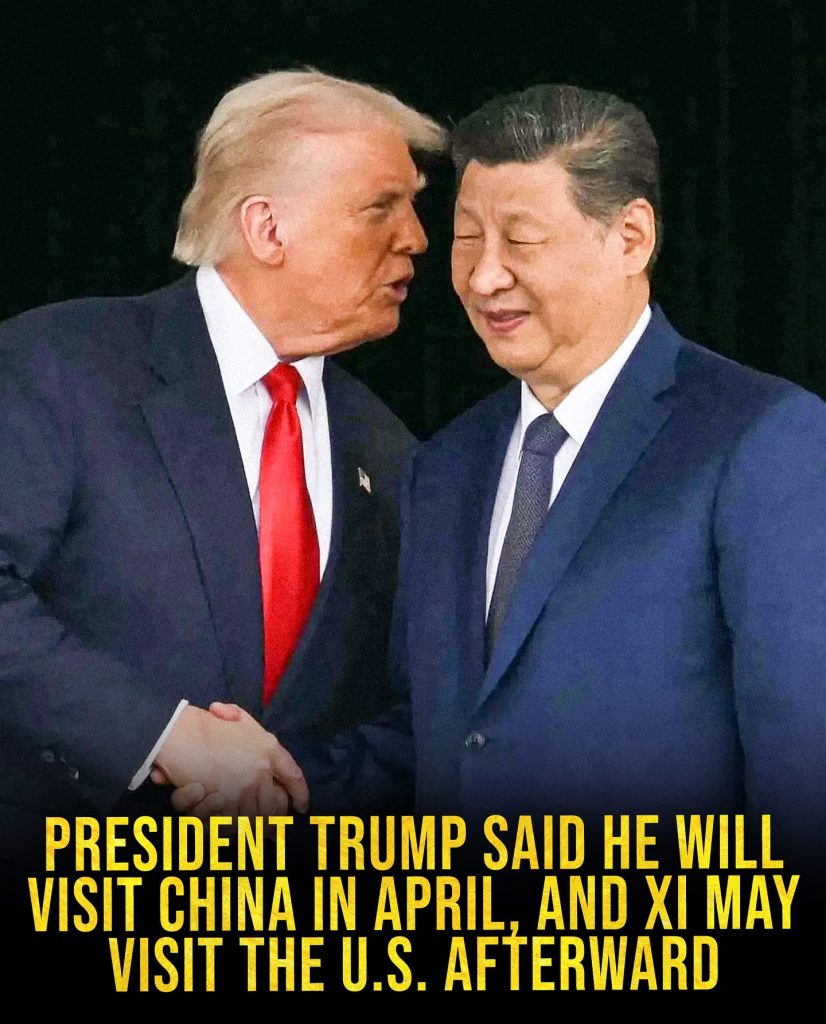
When President Trump announced his upcoming visit to Beijing — and confirmed that Xi was expected to return the gesture — it became clear this wasn’t a one-time handshake. It was the beginning of a renewed cycle of dialogue. These reciprocal visits mean continuity, a chance for follow-up, and the potential for deeper agreements. In diplomacy, face-to-face interaction matters, and both leaders seem eager to maintain it. Trump’s visit to Beijing in April could mark a defining moment for global trade and energy partnerships, with new opportunities opening on both sides.
The U.S. will now cut tariffs on Chinese imports by 10%, to 47%.
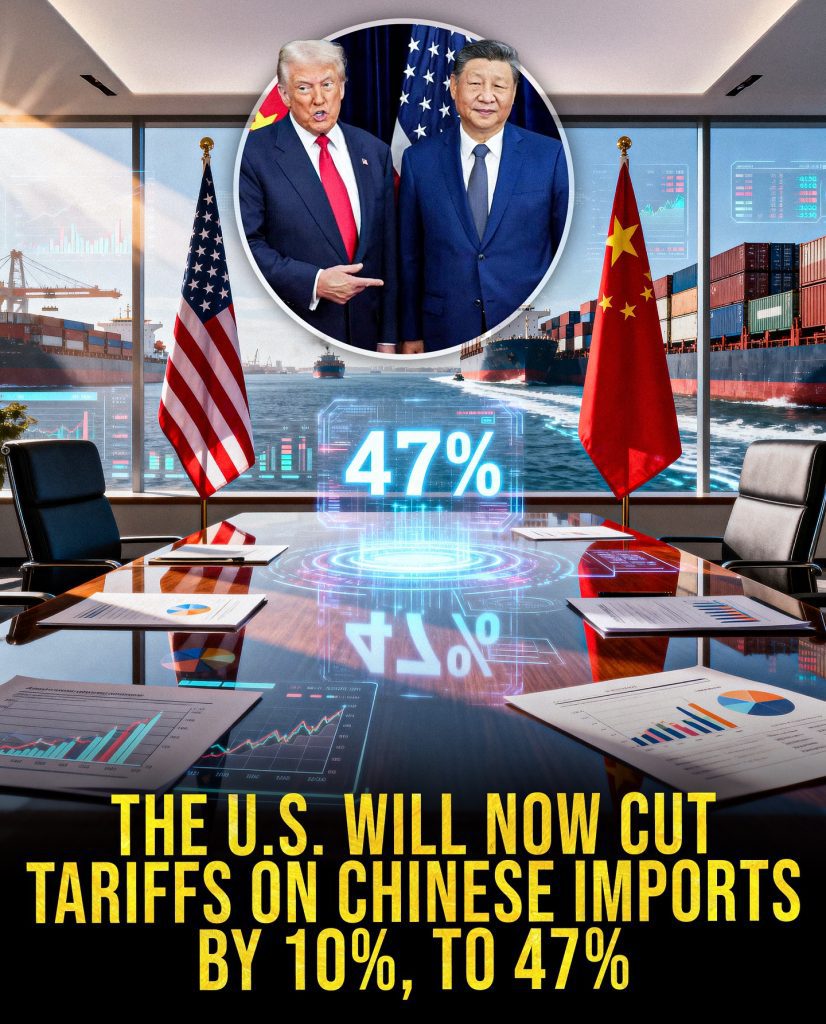
It’s rare to see such a clear signal of de-escalation in trade policy. Cutting average tariffs by 10% may sound technical, but its impact is profound. Lower tariffs mean cheaper components, reduced inflationary pressure, and relief for both American consumers and businesses. It was a win for the manufacturing sector, which had long struggled with the cost of imported materials. Economists noted that the move could inject billions back into the global economy and rebuild trust between two nations whose supply chains are deeply intertwined.
China will now talk directly with NVIDIA about buying GPUs.
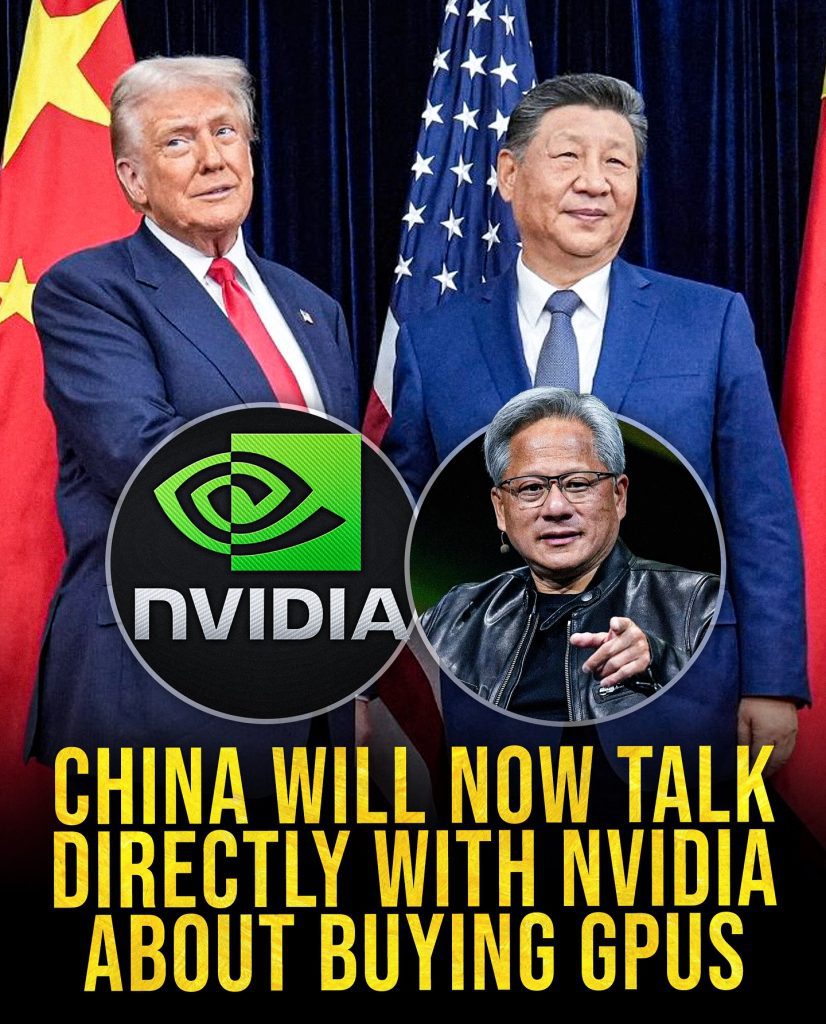
In an age defined by artificial intelligence, this might have been the most future-focused development of the entire meeting. China’s agreement to hold direct talks with NVIDIA on GPU supply signals an understanding that AI technology is too vital to be trapped in political crossfire. For the U.S., it was reassurance that American tech companies would remain at the center of global innovation. For China, it opened doors to legitimate, transparent access to advanced hardware. Both nations seemed to recognize that cooperation in technology, when managed responsibly, serves the world better than isolation ever could.
The meeting ran for almost 2 hours at Gimhae Air Base in Busan, South Korea.
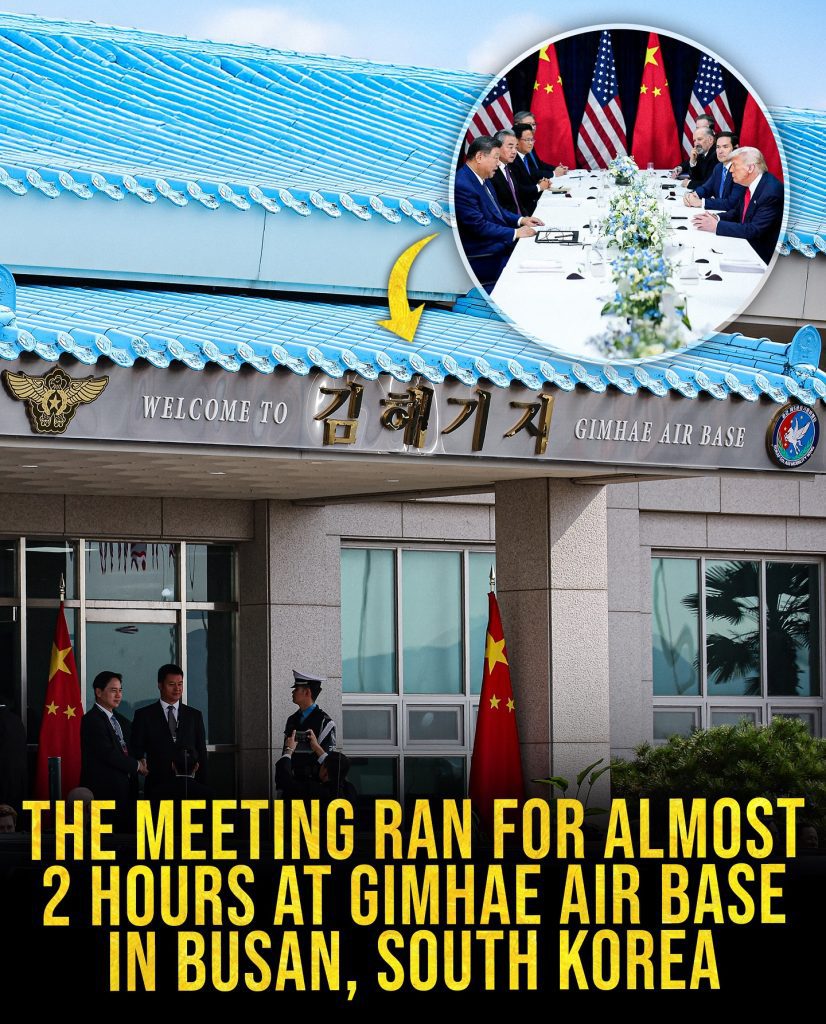
The location itself — a secure military air base — reflected the gravity of the occasion. Two hours may not sound like much, but in diplomatic time, it’s enormous. Behind closed doors, the leaders and their teams discussed dozens of issues, carefully balancing security interests with economic needs. Reports from officials described a calm, detailed conversation, free from the posturing that often clouds such meetings. It wasn’t about scoring points; it was about finding balance. By the end, both sides had left with commitments that would ripple across the world’s financial and geopolitical systems.
China said it’s committed to “properly resolving” the TikTok issue.
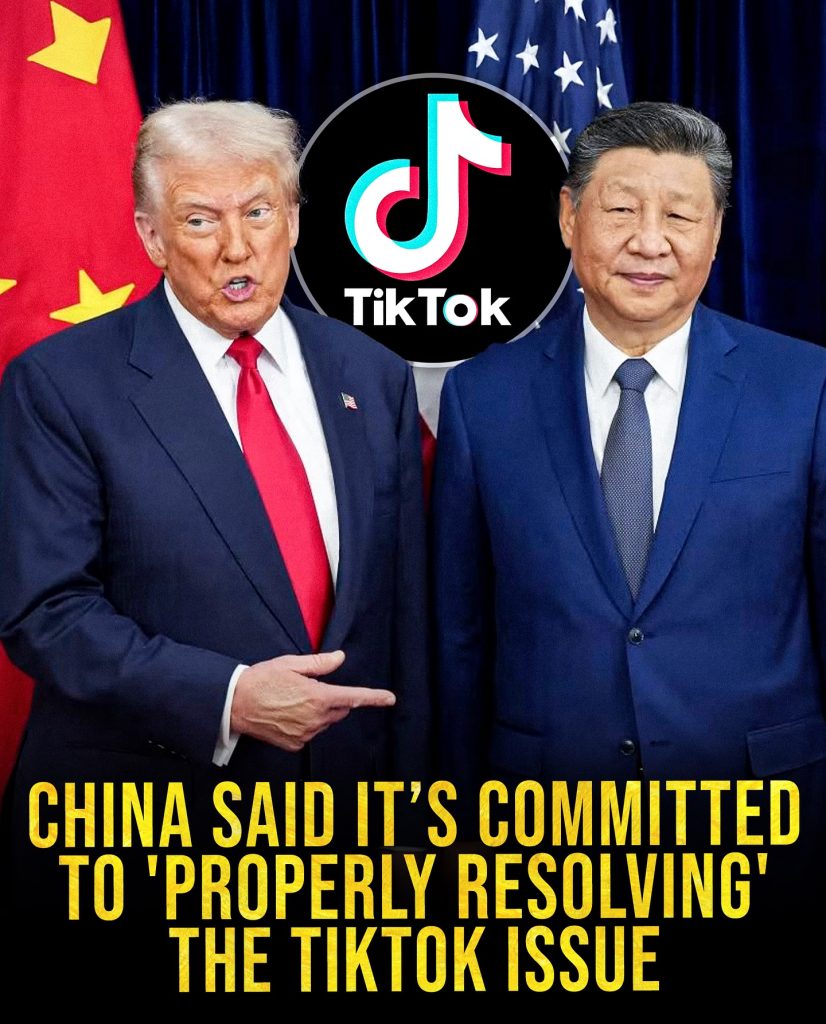
Perhaps the most politically charged issue of all was TikTok. The platform has been a point of friction between the two governments, but Beijing’s statement about “properly resolving” it offered hope for a peaceful settlement. For millions of users and creators, it meant stability — no sudden bans, no panic. For policymakers, it opened the door to a framework where data security, transparency, and free enterprise could coexist. It was a small phrase with big meaning: that even in the digital age’s fiercest disputes, dialogue still matters.
Conclusion
From trade to technology, from agriculture to diplomacy, the Busan meeting was more than just another summit — it was a reset. For President Trump, it marked a validation of his belief that strong, direct negotiation can yield real results. For Xi Jinping, it demonstrated China’s readiness to cooperate where it benefits both sides. Together, their conversation offered something the world badly needed: a sense of possibility. Markets steadied, industries exhaled, and millions watched a familiar story — the rivalry of two giants — take on a rare, hopeful chapter. In a world too often divided by headlines, this was one worth celebrating.

